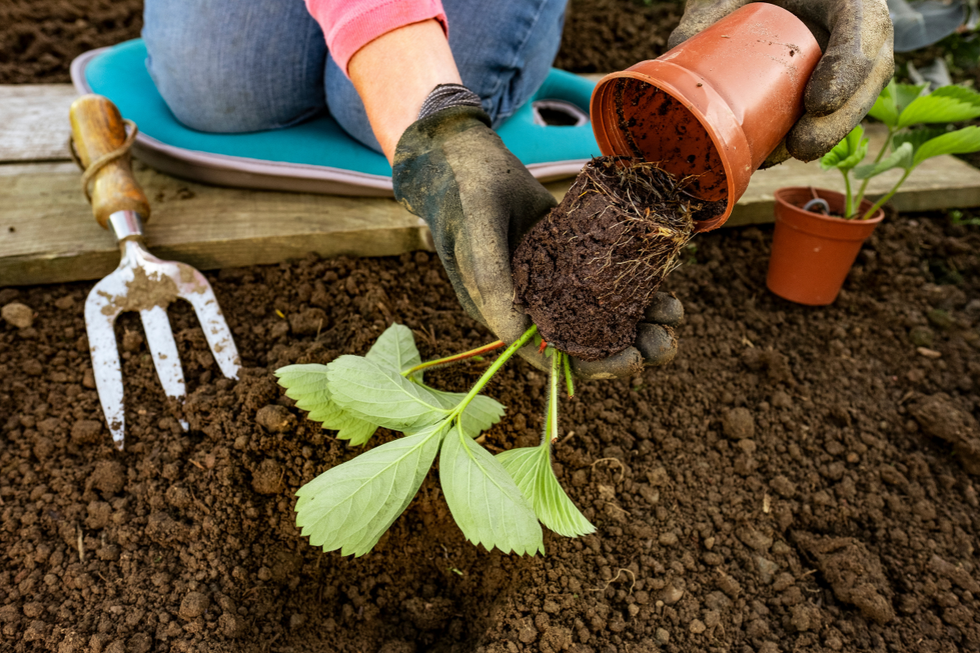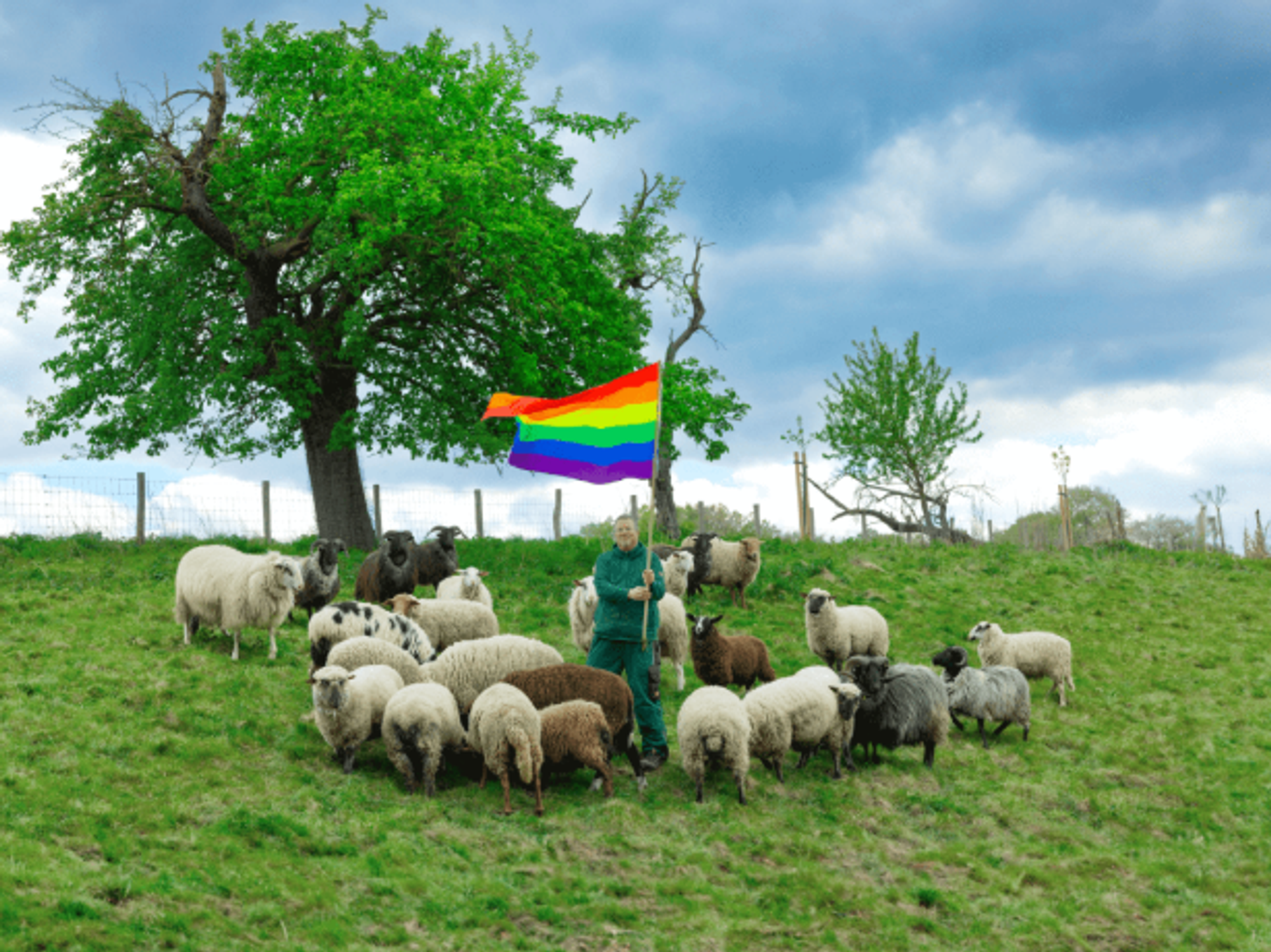How to grow strawberries: Gardening expert shares key tip to cultivate the 'perfect taste of summer'
The strawberry plant is a perfect, beginner-friendly option for your garden this spring
Don't Miss
Most Read
Alongside being a quintessential summer fruit which tastes deliciously sweet, strawberries can add a jubilant splash of colour to your garden as we approach the warmer months.
And, with the strawberry plant being a hardy perennial, they are easy enough to grow in your back garden, even if space is tight.
Beginner gardeners can grow strawberries in pots, hanging baskets, troughs, tubs and grow bags.
Experts have advised green-fingered enthusiasts to use peat-free multi-purpose or soil-based compost to get the most flavourful fruit.

Experts have advised green-fingered enthusiasts to use peat-free multi-purpose or soil-based compost
|GETTY
But plant expert and founder of TN Nursery Tammy Sons revealed that the "foundations for success" are unlocked by good soil and proper spacing.
Speaking exclusively to GB News, Tammy said: "My strawberry plants receive full sunlight exposure while I maintain a spacing of 12 to 18 inches between each plant to ensure they have enough space to expand.
"The best soil for strawberries combines proper drainage with slight acidity and abundant organic content, which I achieve by adding compost before planting."
She shared that her personal watering schedule includes "deep sessions twice weekly" in addition to further sessions during particularly dry periods.
Traditionally, strawberries are grown in rows in a flower bed, or a strawberry patch and, since they flower, can be added as a decorative border for your vegetable patch.
However, the RHS urges gardeners to use containers to minimise soil diseases as well as damage from pests, such as slugs or snails.
Planting strawberries in raised beds also helps to reduce the amount of wildlife that can reach the juicy summer fruits, meaning more to harvest for yourself.
And, there is still plenty of time to get sowing seeds if you want to start from scratch, as they can be sown from mid-spring until early autumn - but no later than the start of September.
Be sure to use an organic mulch, such as straw, to suppress weeds attempting to grow and to offer a pillow to the delicate fruits.
When weeds do manage to grow, the University of Maryland strongly encourages gardeners to remove them as soon as possible, since the unwanted plants feed growing populations of pests, as well as promote disease development.
LATEST DEVELOPMENTS
 There is still plenty of time to get sowing seeds if you want to start from scratch |
There is still plenty of time to get sowing seeds if you want to start from scratch | GETTY
Once white flowers are spotted adorning the leggy stems, fruits will start to ripen around five weeks later and should continue sprouting juicy berries for about three weeks. However, the harvesting period can vary depending on weather throughout spring, the RHS warned.
When picking the fruit, twist and pull the berry off the vine once it has turned a ruby red. The fruit will continue turning colour, although its sweetness will remain the same.
Runners also grow from the "mother" plant, producing "daughter" plants that can one day grow up to be another adult plant to bear fruit the following year.
There are also plenty of varieties to choose from at your local garden centre, depending on your personal taste.










